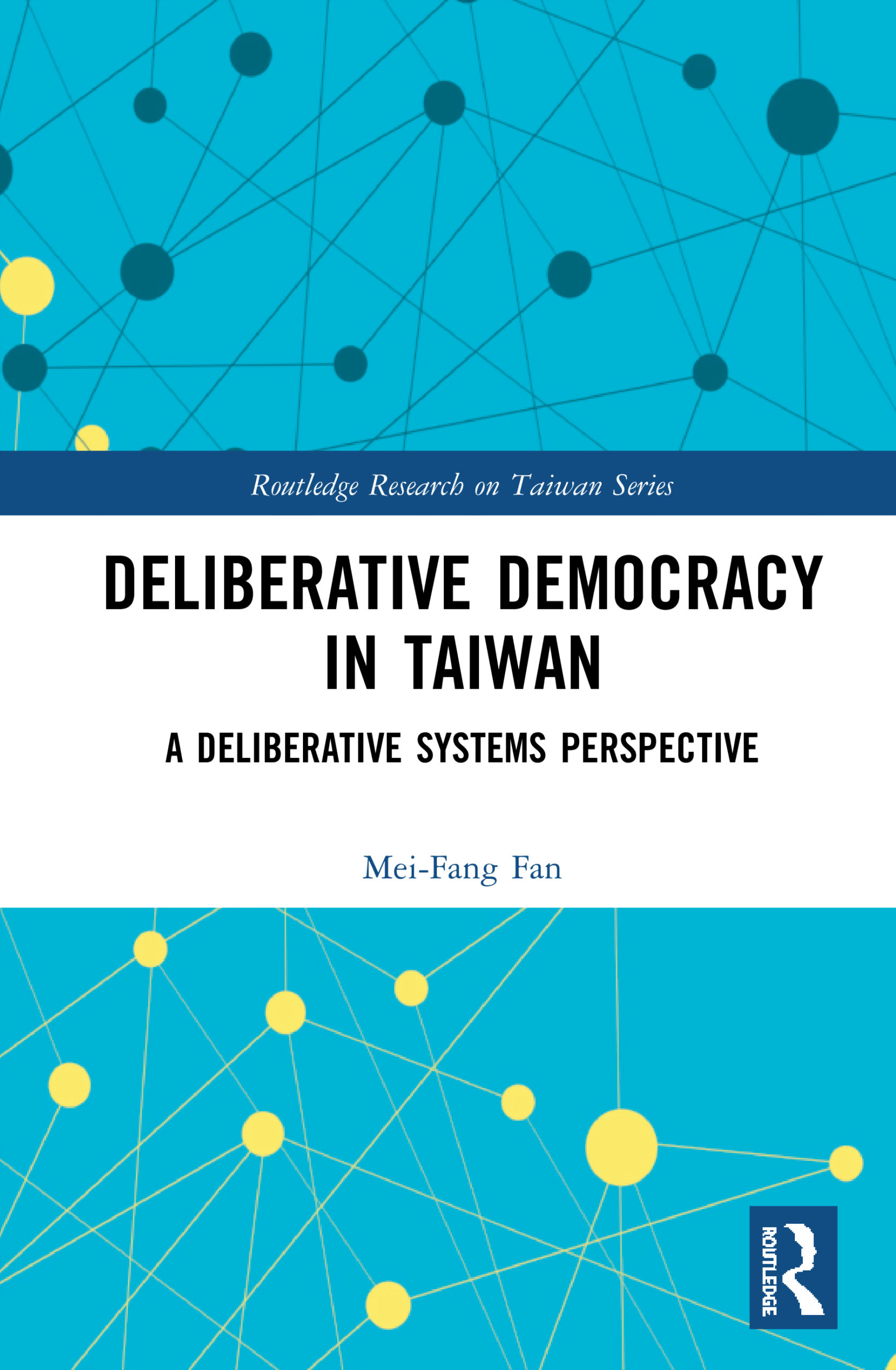by Brian Hioe
語言:
English
Photo Credit: Artemas Liu/WikiCommons/CC
DELIBERATIVE DEMOCRACY IN TAIWAN: A Deliberate Systems Perspective by Mei-Fang Fan is a useful look at contemporary democracy in the Taiwanese context.
Much of the book consists of thick description by Fan on various experiments in deliberative democracy in Taiwanese political life. Fan points to how deliberative democracy is used with regards to a number of social issues. These range from nuclear waste disposal on Orchid Island, cross-strait relations, mines built in Indigenous lands in Taroko Gorge, budgeting by the Taipei city government, issues regarding renewable power in Taiwan, and cross-strait relations.
The book does not have sufficient length to detail any of these causes that deliberative democracy is used for, besides providing a general overview. This should not be surprising; any of these single issues could be a book on its own and much has been written on these causes already. However, the book provides a helpful overview of the use of deliberative democracy in contemporary Taiwanese politics.
Despite being an under-discussed topic, deliberative democracy is everywhere in present-day Taiwan, which makes it surprising that there have not been earlier examinations of the topic. In this sense, Fan’s intervention is an important one.
Fan ably points to the many different forms that deliberative democracy has taken. This ranges from meetings held by government sectors with local residents or members of civil society, to online platforms such as those developed by the civic hacker collective g0v, such as VTaiwan. More broadly, elements of deliberative democracy are also present in the push for livestreaming legislative sessions since the Tsai administration took office, reports on legislative performance by the Citizen’s Congress Watch NGO, and other endeavors. This can have clear electoral effects, seeing as the national referendum can be seen as an example of deliberative democracy, or at least a site in which deliberative democracy interfaces very directly with electoral politics.

Book Cover
Primarily, Fan details deliberative democracy under the Tsai administration. Deliberative democracy proves a useful frame for interpreting much of the relation between contemporary Taiwanese civil society and the Tsai administration.
Many of these developments described by Fan in terms of deliberative democracy can be traced back to the Sunflower Movement. In the weeks of the Sunflower Movement, deliberative democracy forums on the streets outside of the Legislative Yuan in order to discuss the Cross-Straits Oversight Bill that the movement was protesting. Examples of deliberative democracy platforms during the Sunflower Movement include the D-Street forum, as well as the People’s Assemblies held near the end of the movement.
More broadly, Fan understands deliberative democracy as tied to the pan-Green camp, with government efforts in the vein of deliberative democracy having begun under the Chen administration but stalled during the eight years of the Ma administration. When the Tsai administration took power, this led to a renewal of efforts at deliberative democracy.
Fan draws out several thematics as to which social issues that deliberative democracy is sometimes employed for. Similarly, Fan also examines how deliberative democracy is sometimes used by the government in order to generate political legitimacy for its projects, even when civil society groups are critical of a lack of actual decision-making ability.
It proves a topic worth examining as to why efforts at deliberative democracy have positioned themselves as efforts at establishing direct democracy. This is something perhaps rooted in Taiwan’s democratic transition, seeing as it is primarily the pan-Green camp that has sought to incorporate deliberative democracy into its governance, while the pan-Blue camp appears to be less interested in deliberative democracy, as the former authoritarian party.
If there is anything lacking in the book, it is that there could be more analysis reflecting on the thick description comprising the bulk of the text; but the analysis that Fan does offer is still highly fruitful and elucidating. Although the book is probably one best read by individuals who already have a ground-level understanding of the various contentious social issues at stake in Taiwanese politics, Deliberative Democracy in Taiwan is highly informative. As experiments in deliberative democracy continue in contemporary Taiwan, the book may eventually become a useful historical snapshot of a moment in Taiwanese deliberative democracy. Fan’s book, then, points to an avenue of inquiry into Taiwanese politics in need of greater attention.



